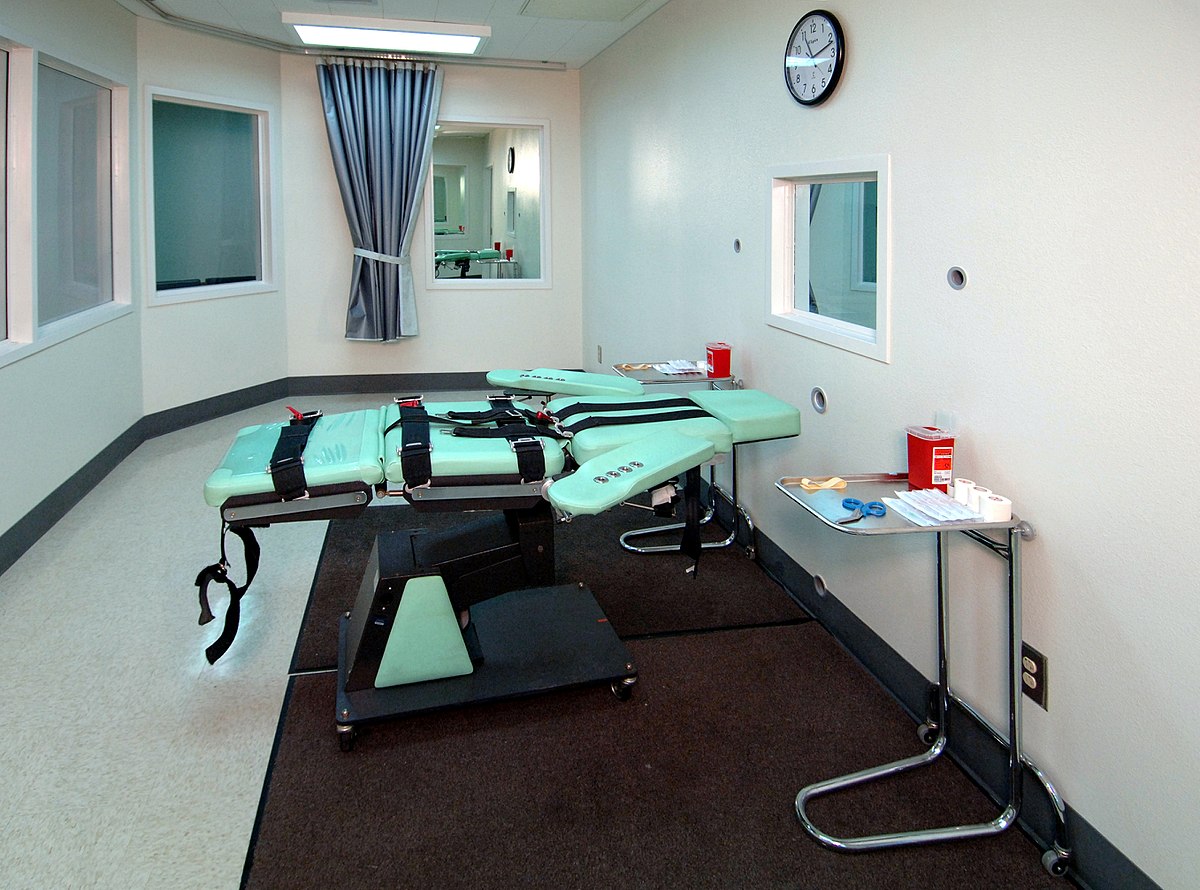Nice a lovely organic green color.The San Quentin gas chamber in California is the same color.


Nice a lovely organic green color.The San Quentin gas chamber in California is the same color.


And in a less morbid vein, US Forest Service trucks are green too!Nice a lovely organic green color.


Not really - it was reference to the color choice of said gas chamber and lethal injection room. Aesthetics are important in other fields than HiFi after all.The internet is a wonderful place isn't it.
20 pages about VU meters that includes reference to a gas chamber and what I assume is a lethal injection room.

Yeah baby! SRT Cherokee with VU meters.View attachment 195560So, you can now get VU meters in your Jeep, lol. Big, blue McIntosh VU meters….

Jeep's McIntosh Audio Systems, Explained
Audiophiles may be unable to resist those iconic blue power meters.www.motortrend.com
Fake VU meters it seems, it's just a display.Yeah baby! SRT Cherokee with VU meters.
Those new meters are very nice. They look awesome.As a follow up of my post #365, I am testing/evaluating Nishizawa R-65 VU meter kit;
View attachment 196698
The large glass-face (face size W100 x H40 mm) Nishizawa R-65 VU meters with high-grade orange LEDs are very nice looking (at least for me!) and behave really nicely for any RCA line level input including the "high-to-low converted signal" branched at amp's SP terminals using the High-to-Low converter AudioTechnica AT-HLC130 (20 Hz - 40 kHz, plus/minus 1dB precision), as shown in above photo. The VU sensitivity can be widely adjusted by the two tiny VRs on the VU circuit board, and it can be also precisely adjusted by the L & R VRs on the back panel as you can see.
I really like the movement behavior of the VUs fine tuned by the manufacturer; it really best fit for my tastes, especially with guitar and lute solo as well as harpsichord music.
In case if I would decide to use these VUs (DIY in multiple-VU array cabinet) for monitoring SP high level signals (actually stereo 5-way 10-channel 10-VUs) in my present multichannel multi-driver multi-amplifier system, I will of course not use the "through RCA" signals.
That is very nice! Do you happen to know the exact range of input that can be tuned?As a follow up of my post #365, I am testing/evaluating Nishizawa R-65 VU meter kit;
View attachment 196698
The large glass-face (face size W100 x H40 mm) Nishizawa R-65 VU meters with high-grade orange LEDs are very nice looking (at least for me!) and behave really nicely for any RCA line level input including the "high-to-low converted signal" branched at amp's SP terminals using the High-to-Low converter AudioTechnica AT-HLC130 (20 Hz - 40 kHz, plus/minus 1dB precision), as shown in above photo. The VU sensitivity can be widely adjusted by the two tiny VRs on the VU circuit board, and it can be also precisely adjusted by the L & R VRs on the back panel as you can see.
I really like the movement behavior of the VUs fine tuned by the manufacturer; it really best fit for my tastes, especially with guitar and lute solo as well as harpsichord music.
In case if I would decide to use these VUs (DIY in multiple-VU array cabinet) for monitoring SP high level signals (actually stereo 5-way 10-channel 10-VUs) in my present multichannel multi-driver multi-amplifier system, I will of course not to use the "through RCA" signals.
That is very nice! Do you happen to know the exact range of input that can be tuned?
I might just pick one up if they ship internationally.
They could have had a bridge rectifier on the power input and it wouldn't matter if the board was supplied with AC or DC.I have discussed with them about why not by DC 12V, and they said that, for beginners DIY construction, AC 12V should be better than DC 12V avoiding the possible polarity mis-connection in case of DC 12V power supply.
Here's a guy who managed to hack his windscreen wipers as VU meters (sortof)
Looks like somebody was inspired by the Ampex MM-1200 multi-track studio machine.As a follow-up of mypost here and here, I completed my DIY of 12-VU-Meter Array using the nice NISHIZAWA R-65 VU meter with large glass-phase (face size 100Wx40H mm) and high-grade 2700K LED illumination;
View attachment 209792
View attachment 209793
If you would be interested, please visit my post here in my project thread for the details;
- My nostalgia and preference for large glass-face VU meters: DIY of 12-VU-Meter Array in multichannel multi-driver multi-way multi-amplifier stereo audio system: #535 in the project thread.
Looks like somebody was inspired by the Ampex MM-1200 multi-track studio machine.
Looks like somebody was inspired by the Ampex MM-1200 multi-track studio machine.
View attachment 209794
Ampex used Modutec, Dixon, Simpson, Tripplite and probably some other US manufacturers of meters; its safe to say that none of these manufacturers copied NISHIZAWA or anyone else. All of these are probably long gone. The Ampex MM-1200 was from the early 70s, and is of course long gone, and Ampex hasn't made analog tape machines in decades. Toward the end of Ampex's existance, they contracted with TEAC in Japan to design and build some of their machines, and of course these had Japanese parts and meters.Oh, this is my very first time to see Ampex MM-1200!
It looks as if Ampex has been retrospectively inspired by my DIY 12-VU-Meter Array; I am just joking
The VU meter unit seems to be quite similar to NISHIZAWA's R-65. Can you find enlarged photo(s) of MM-1200 for identification of the VU meter manufacturer?